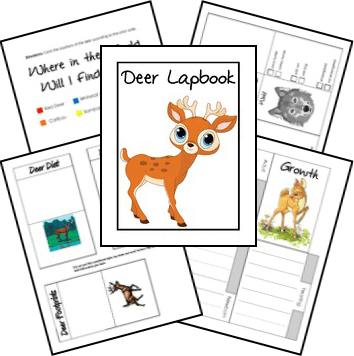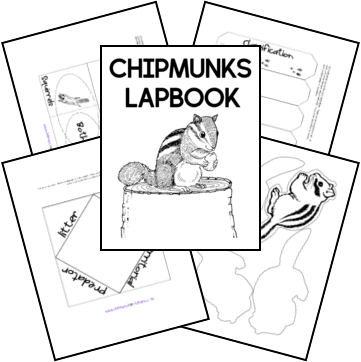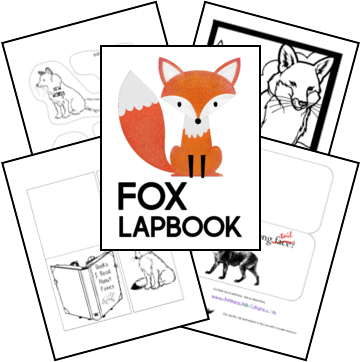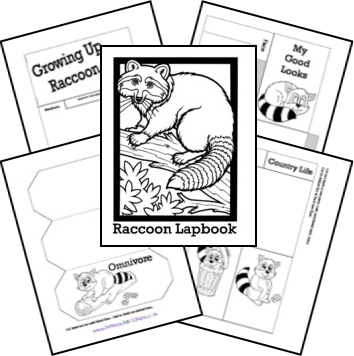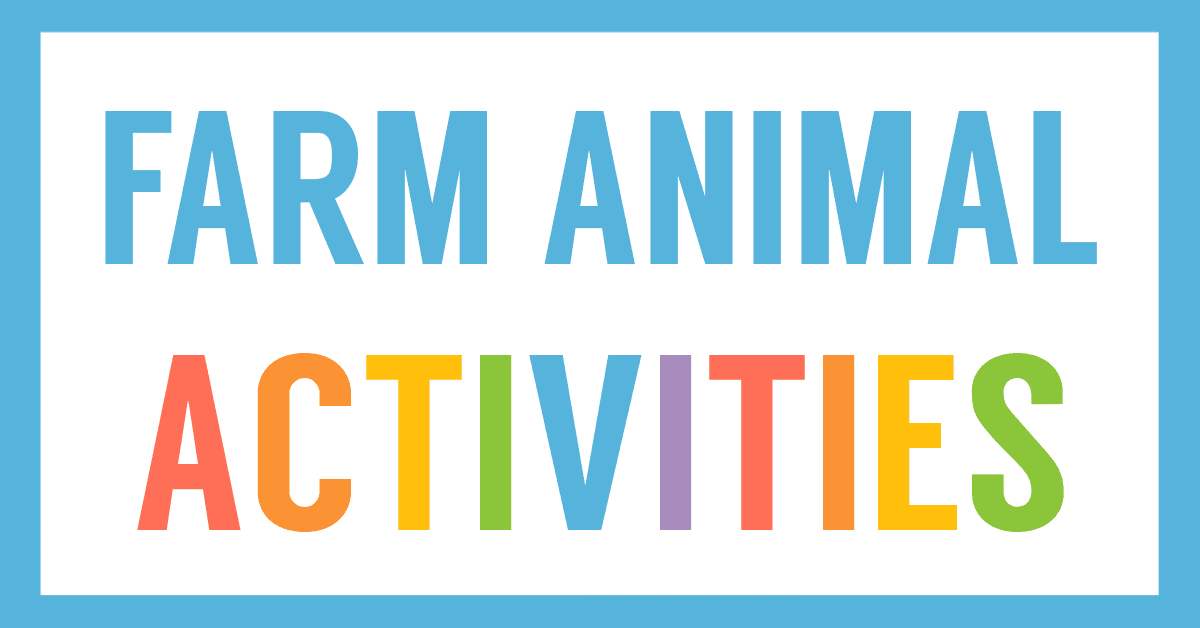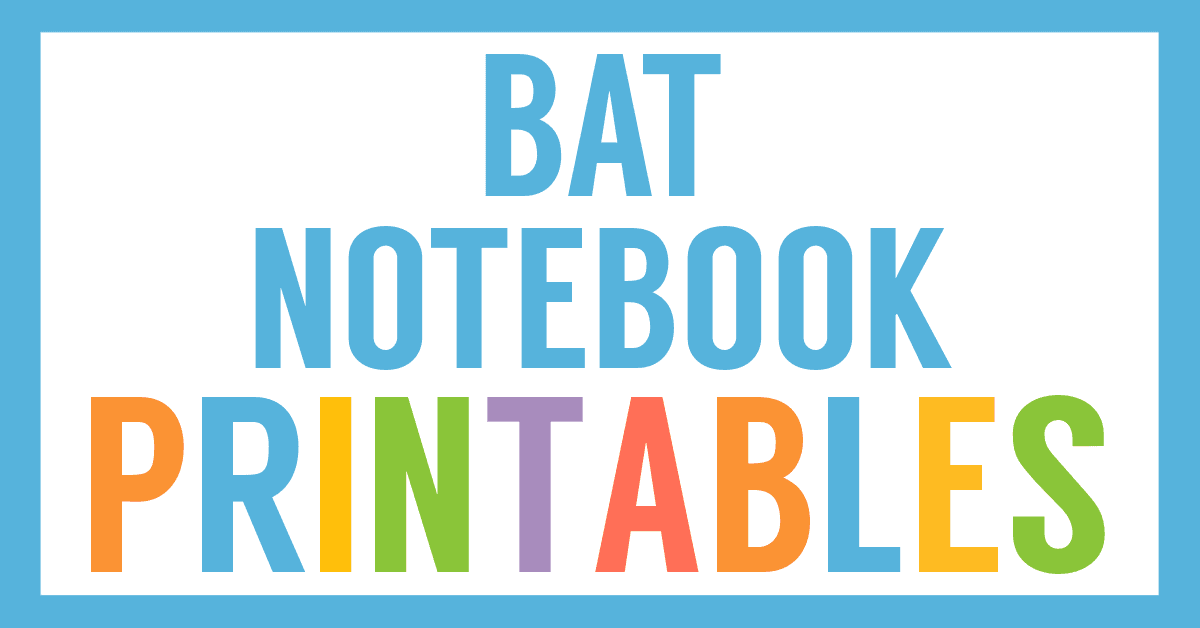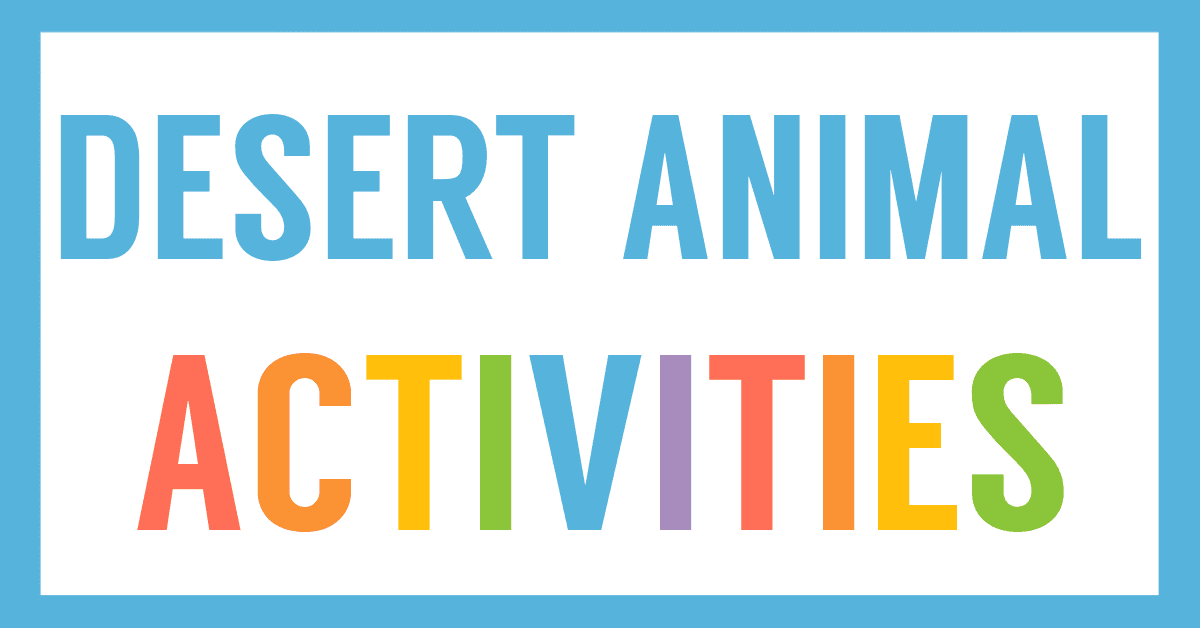Affiliate Disclaimer
We sometimes use affiliate links in our content. This won’t cost you anything, but it helps us to keep the site running. Thanks for your support.
I love it when I’m hiking through the forest and my hiking buddy stops me because she sees a deer. They are beautiful and graceful. Grab our Deer Lapbook and learn all about the amazing deer.
Thanks to Michelle Snyder for creating this Deer Lapbook for Homeschool Share.
Deer Lapbook Information
Here are some sample lessons from the Deer Lapbook:
All About Antlers
Deer grow antlers every year, to use during the rut. They shove and wrestle other bucks with their antlers to fight for the does. They are made out of bone, and they fall out every year in the winter. Not all deer have antlers, there are some species that never have them. Most does do not ever grow antlers, though female Caribou normally do. Male fawns typically begin growing antlers in the first spring after they are one.
Deer Growth
Fawns have spots and they are born well developed. They are dependent on their mothers to feed them. Yearling bucks grow antlers during the late spring, though they will not normally mate until the following year, or even in the fall of their third year. Deer reach sexual maturity between 1-2 years of age, and they mate that fall. Adult deer are 2-3 years old and older. Bucks grow antlers in the spring and mate in the fall during the rut, which is the competition between bucks for the right to have does in their harems. They stay together in the fall. During midwinter the bucks leave the does and sometimes form small bachelor herds until the following fall. The does stay together in loose herds. Frequently, the female fawns will stay with their mothers in the same herd.
Camouflage
Deer are prey animals. Their main defenses are speed and hiding. Fawns have spots covering their backs, which help them hide in the dappled light under trees, where their mothers leave them hiding when they are very young. Adult camouflage is different. During the summer, adult deer have coats that are a reddish brown color, and they can be very hard to see in tall grass and against the forest floor. In the winter their coats lighten to a gray color helping them blend into the dry weeds and snowy areas.
You can grab a copy of the entire Deer Lapbook in an easy-to-print file at the end of this post.
Deer Lapbook Printables
The following mini-books are included for your student’s Deer Lapbook:
- How to Hide: Deer Camouflage Book
- Food Chain Accordion
- Too Many Deer Circle Book
- Psalm 42:1 Simple Fold
- All About Antlers Flap Book
- Deer Range Map
- Deer Diet Matchbook
- Deer Relatives Matchbook
- Deer Footprints Matchbook
- Deer Predators Hotdog Book
- Deer Growth Tab Book
How to Get Started with Your Deer Lapbook
Follow these simple instructions to get started with the Deer Lapbook.
- If you want, go to your local library and check out books about deer.
- Print the Deer Lapbook.
- Choose and prepare the mini-books you want to use with your student.
- Enjoy a week of reading and learning all about deer.
Download Your Deer Lapbook
Simply click on the image below to access your free Deer Lapbook.
Explore More Forest Animal Lapbooks
Check out these other forest animal lapbooks.

